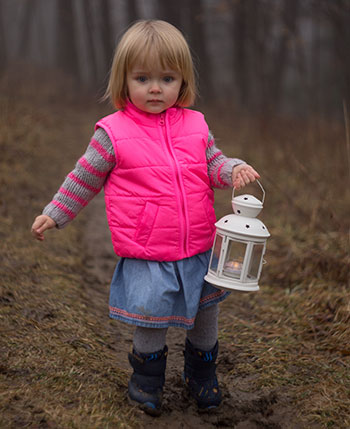A Child’s Health is the Public’s Health

Preparing for unexpected events is an important part of keeping children safe and healthy all year long. Events like the spread of a serious infection, an explosion, an earthquake, or a weather event, such as a hurricane, may cause health problems for large numbers of people, and especially for children.
Children make up one in four people in the United States and they have special needs during and after emergencies. Children are not just little adults; their bodies are different from adults’ bodies. Although younger children are often more affected than adults during disasters, there are concerns for children of all ages during emergencies because
- Children may not be able to follow directions or make decisions to keep them away from danger during a disaster.
- Children’s bodies use energy quicker than adults’ do, and they need food and water more often. This means that they will absorb poisons or dangerous chemicals faster than adults will.
- Children have thinner skin and breathe faster than adults do, making them more likely to take in harmful substances through the skin or breathe them in.
- Children are smaller than adults, but they have more skin in relation to their overall size, compared to adults. This means they have a higher chance of being harmed by certain chemicals or very hot or cold temperatures.
- Children are more likely to put their hands in their mouths, and spend more time outdoors and on the ground, making them more likely to come into contact with dangers in the environment.
- Children may not be able to explain how they are feeling, which can make it harder to identify a medical problem and treat them quickly.
- Children have more contact with others, and they have less developed immune systems to fight off infections. This means they are more likely to catch an illness that can spread from person to person.
- Some children have special healthcare needs. These can increase a child’s chance of getting sick during an emergency, especially if the child is separated from a parent or caregiver.

Caring for children during emergency procedures calls for planning and action before an emergency happens.
Progress on Including Children’s Needs During Emergencies
Although children have a greater chance of being harmed during an emergency, it takes special attention to children’s needs to make sure they are not passed over when emergency plans are made or carried out. Caring for children during emergency procedures, such as evacuation, decontamination, and sheltering, calls for planning and action before an emergency happens. For example, in an emergency, hospitals might have to care for a large number of children. Without planning ahead of time, hospitals may not have the right equipment and supplies to care for more than the usual number of young patients.
Agencies in local communities and at the state and national levels are working to make sure children are protected during disasters by taking steps, such as
- Making new or stronger connections between public health, children’s healthcare providers, children’s hospitals; schools and the Board of Education;
- Developing instructions for how to keep children healthy during an emergency and how to treat children who are sick or have special health care needs;
- Sharing information and ideas about including children’s needs in emergency plans and about how to carry out these plans during an emergency; and
- Preparing for the next event by reviewing what was learned from previous events and making improvements.
The Centers for Disease Control and Prevention (CDC) created a Children’s Preparedness Unit (CPU) in 2012 to focus on protecting children during outbreaks and other emergencies. CPU works with partners to include children’s needs in all stages of an emergency. CPU has participated in these CDC emergency responses:
- Unaccompanied Minors (2014)
- Ebola Virus (2014-2015)
- Zika Virus (2015-2017)
- Flint, MI Water Contamination (2016)
- Hurricane Matthew (2016)
- Hurricanes Harvey, Irma, and Maria (2017)
- Hurricanes Florence and Michael (2018)
- Outbreak of e-cigarette, or vaping, product use-associated lung injury (2019)
- COVID-19 (2020)
Moving Forward
Progress has been made, but there is still more work to do to protect children during emergencies. More research could determine how well emergency plans have protected children so far, how plans can be improved, and what can be done to serve children better during emergency events. For example, research could provide information on the mental health of children in disasters. Children respond to upsetting events differently, depending on their ages and states of development. Taking these differences into account in emergency plans might be one way to do a better job of caring for children.
Preparing to take care of children during a disaster is not always easy but planning now can protect their safety and health in the future. For more information about children in emergencies, please visit CDC’s Caring for Children in a Disaster site.
